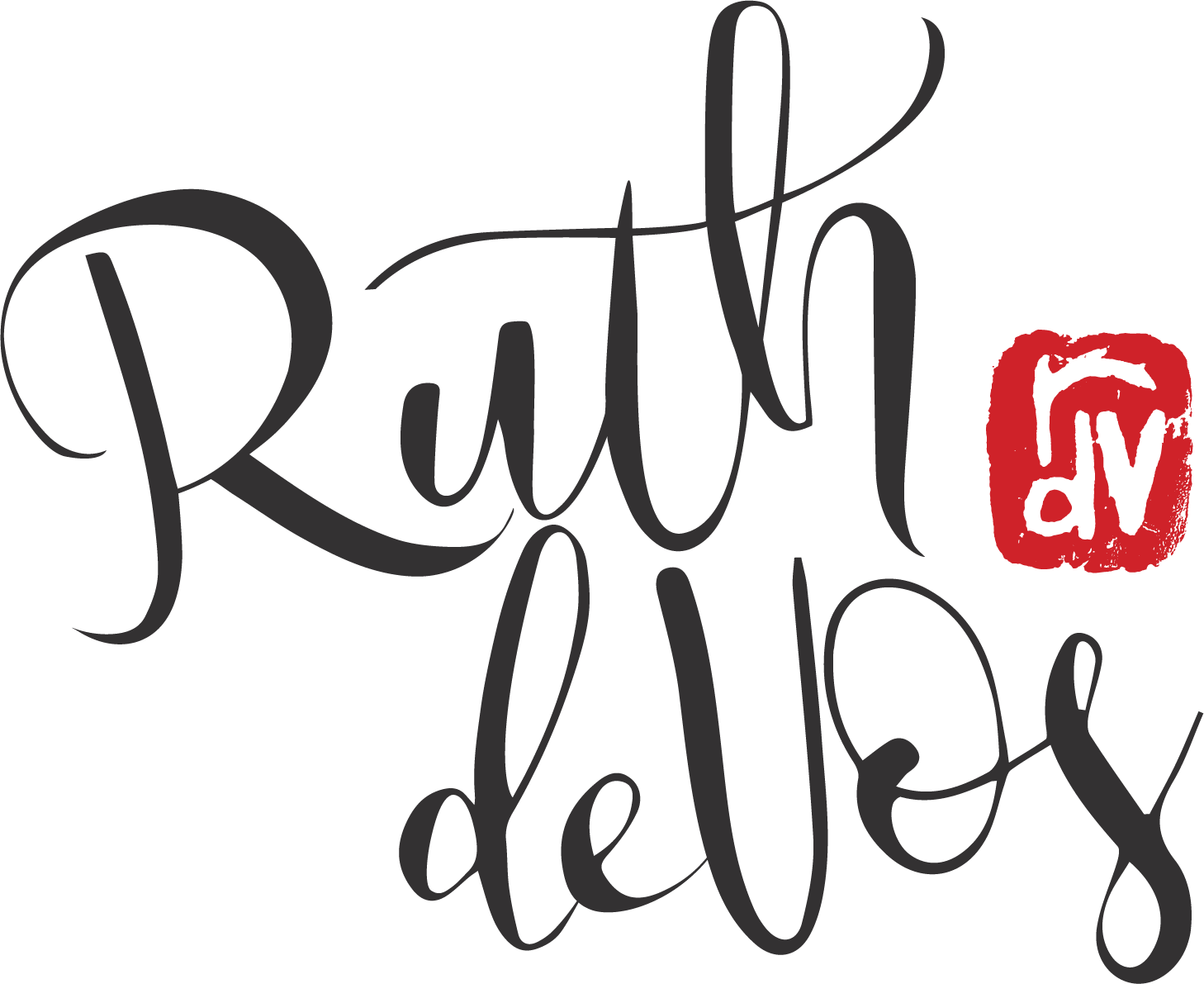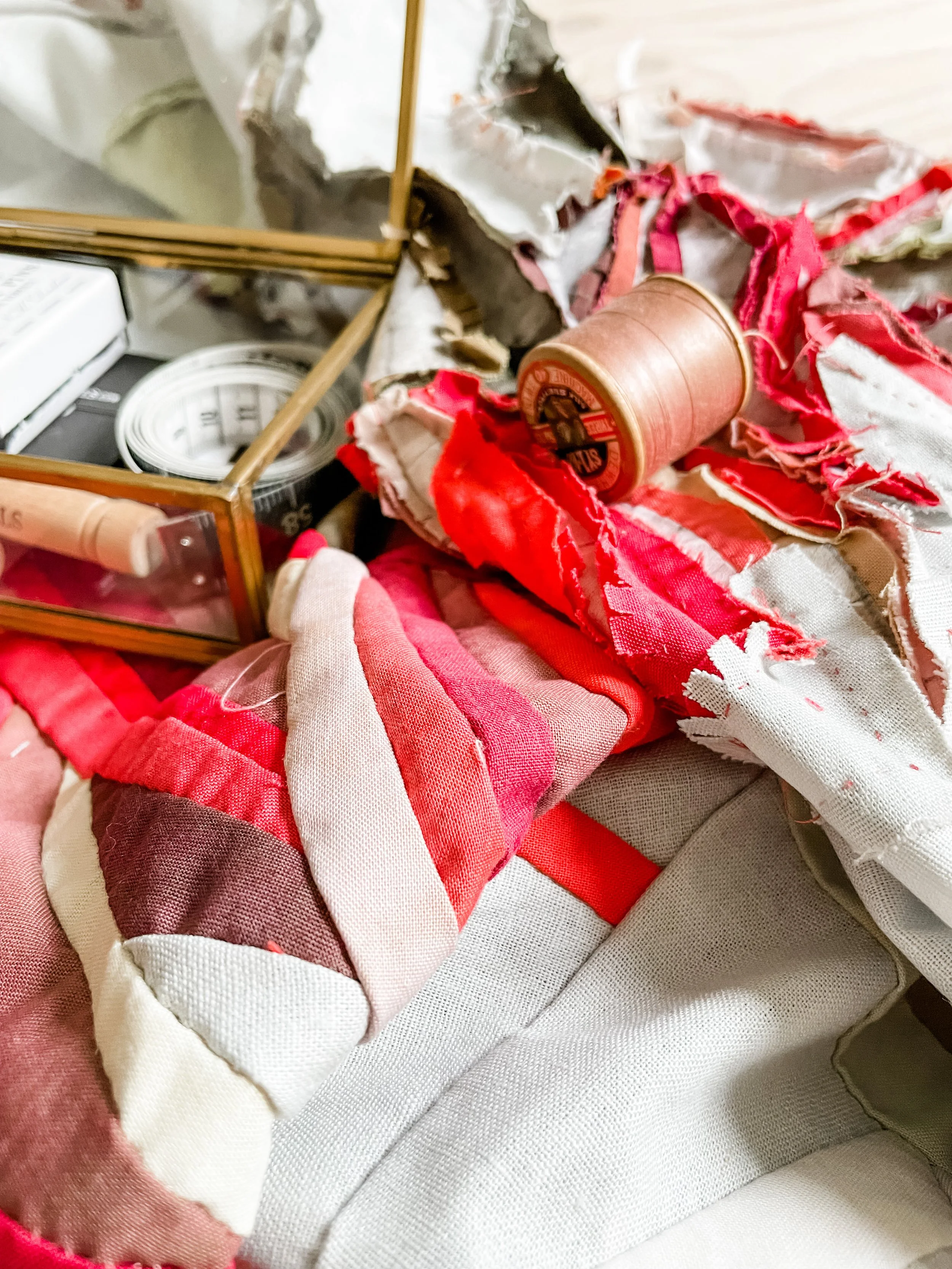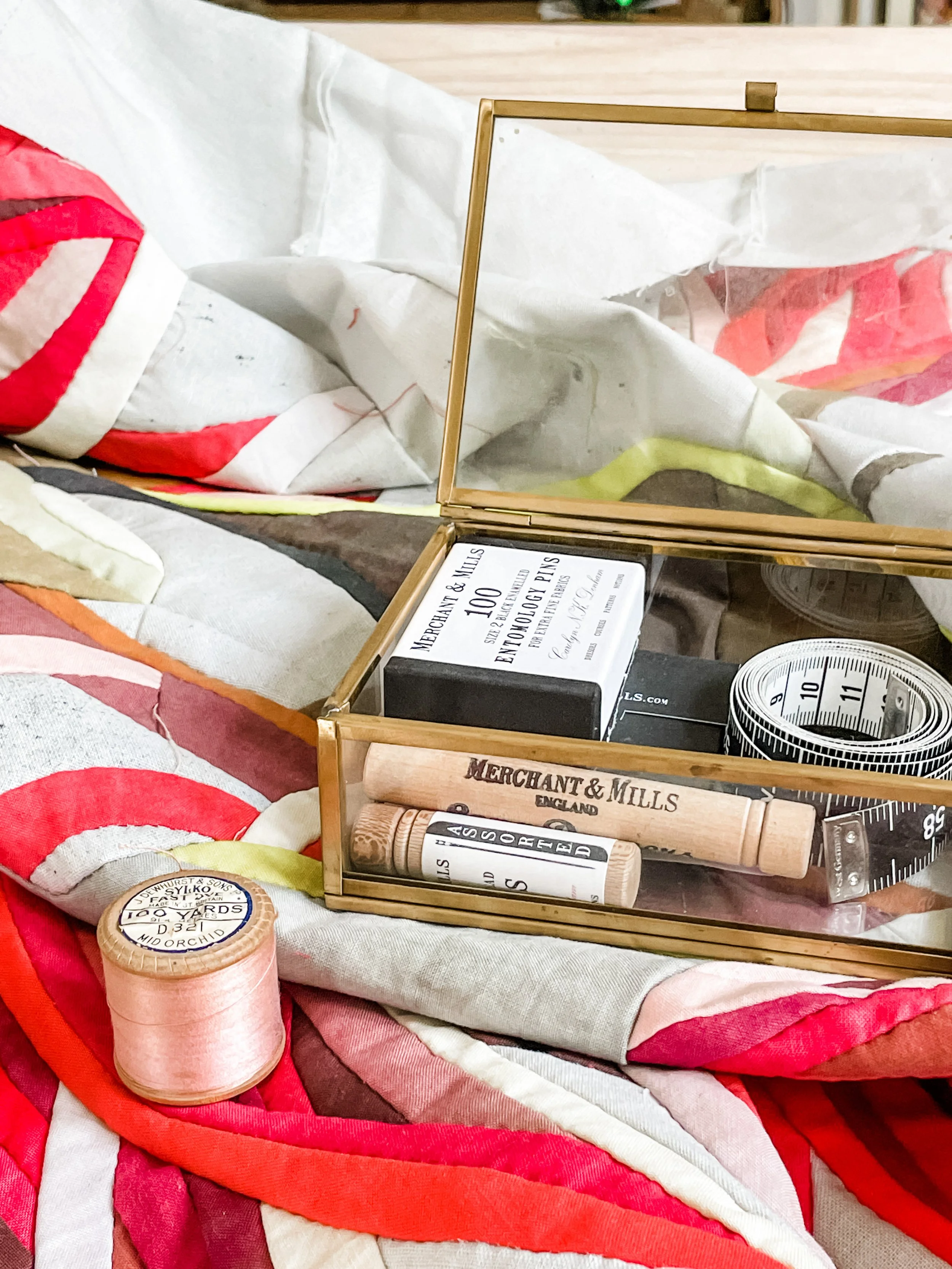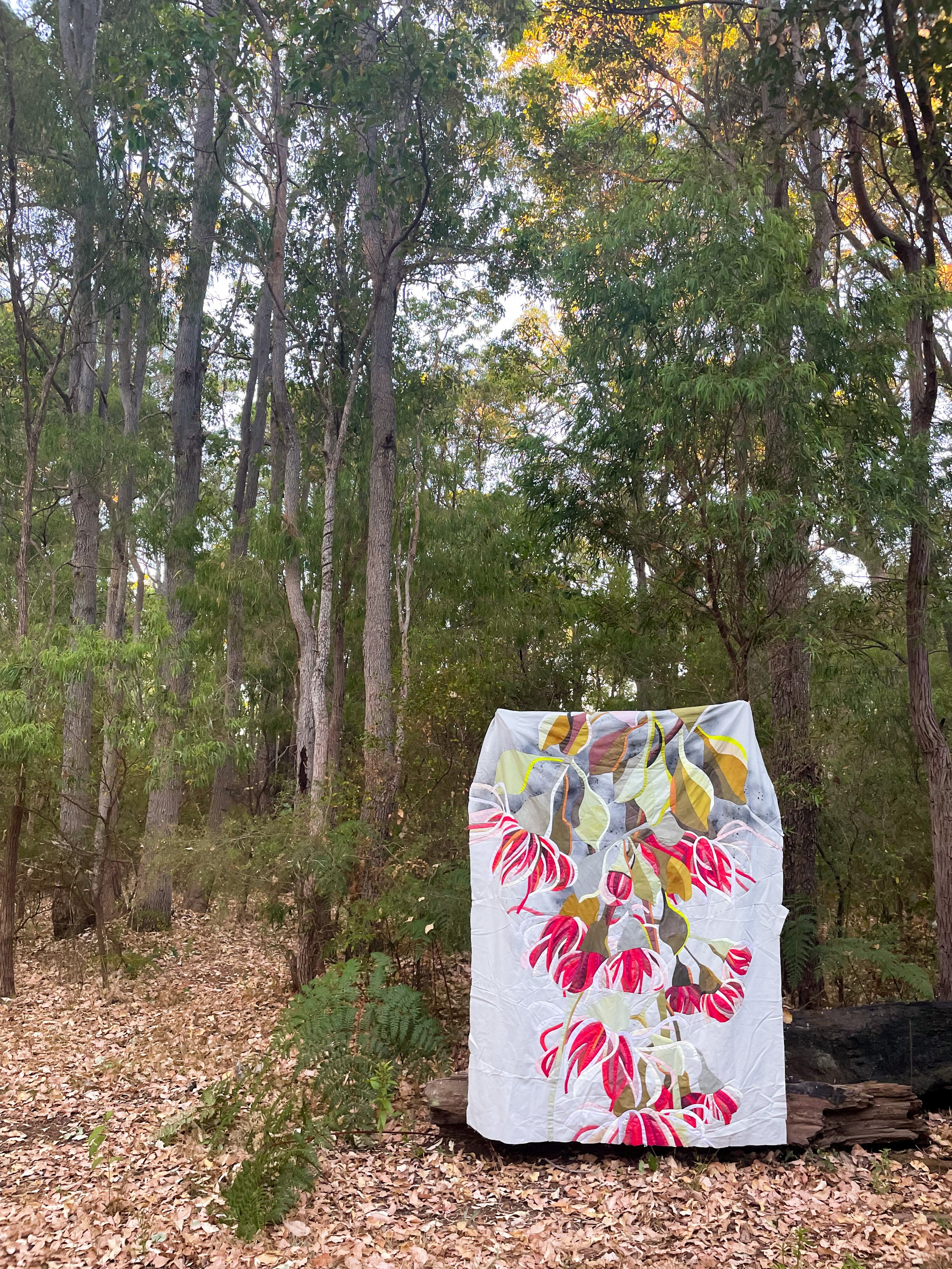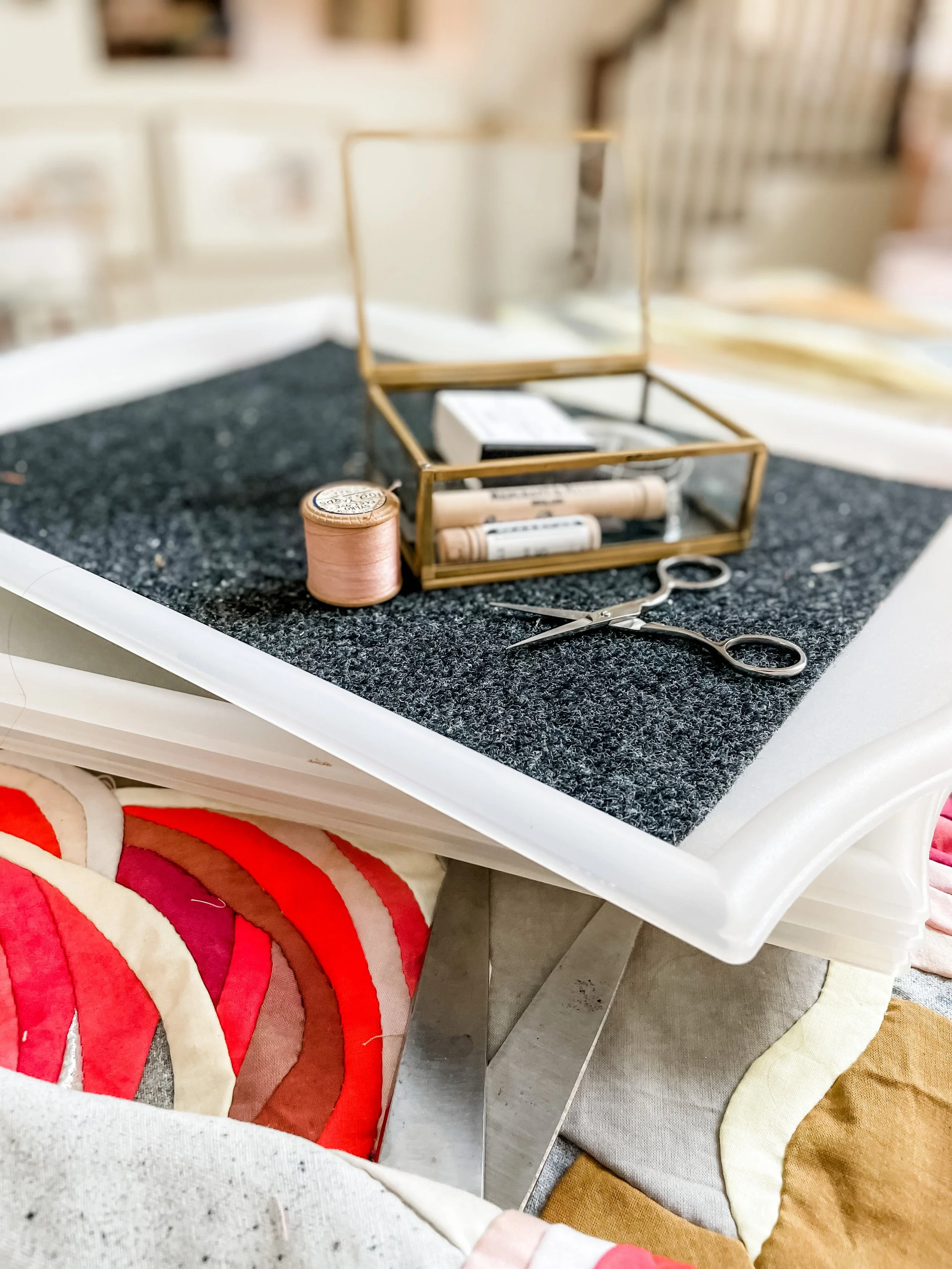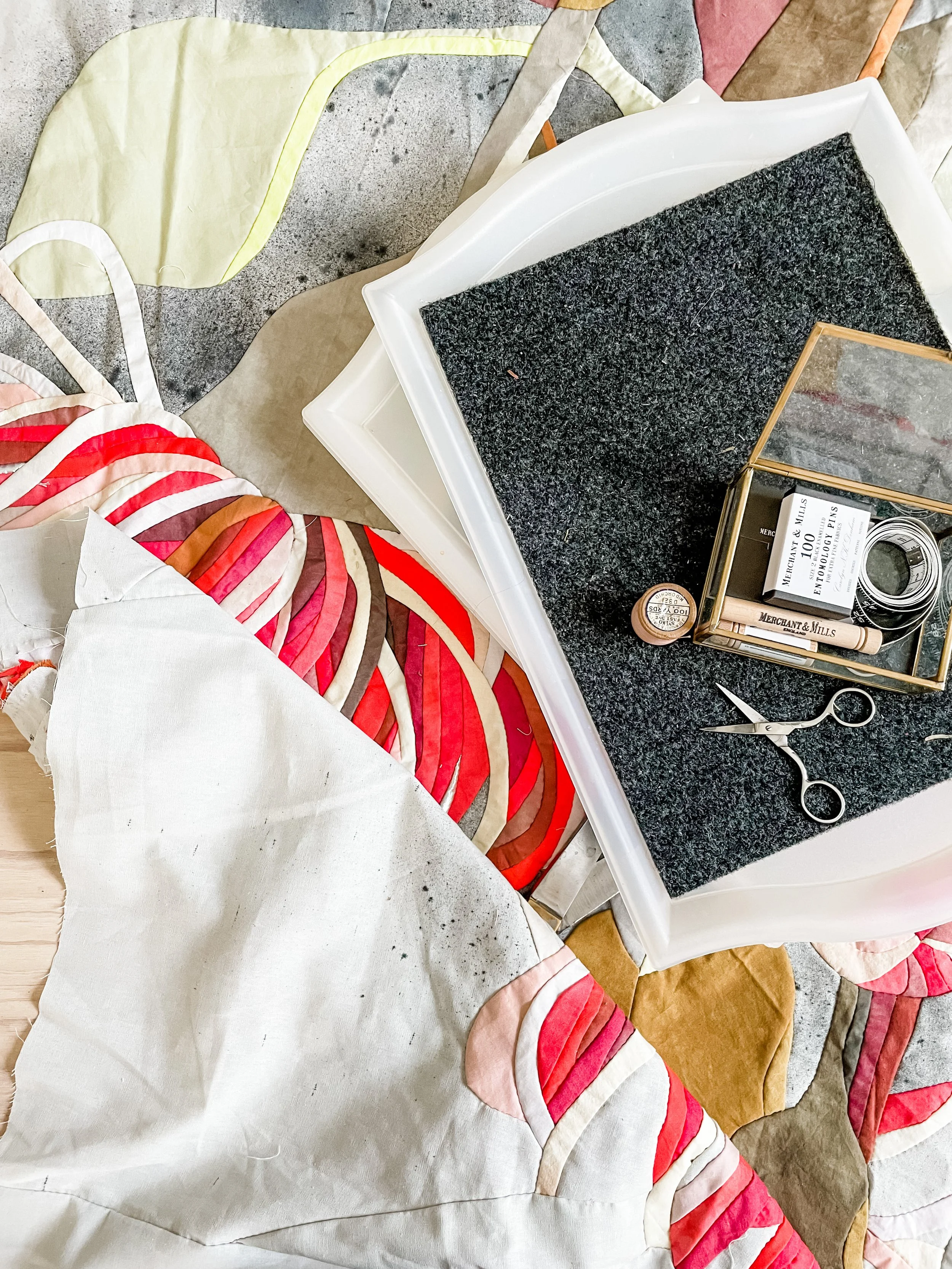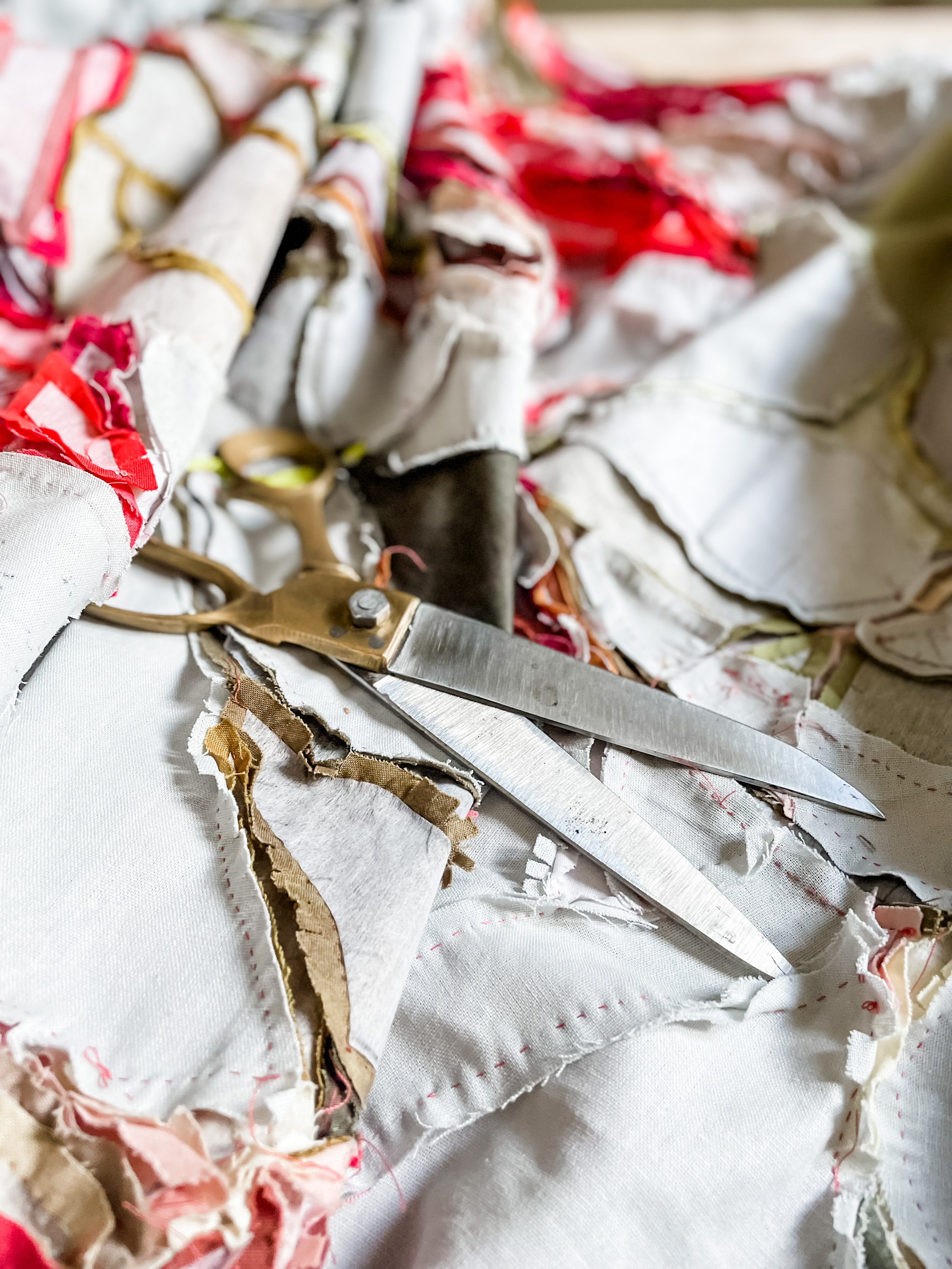How to Manage a Large Hand-stitched Piecework Project
The other day I shared my recent summer stitching project on my social media accounts. It is quite large, and I’m thrilled with how it turned out. It was pieced by hand, mostly on our two-week camping holiday. Many of you were intrigued by how to manage a project like this while camping.
I think the big thing is to have an effective system in place. I love fine tuning my own processes to work effectively and efficiently. So here’s the system I used for this project:
When I make a large quilt like this, I always work in manageable sections. This quilt would have been made up of around 25 sections. So I cut out the interfacing pieces for one section, iron those onto the correct colour fabric, cut them out, and put them all on a stack. And so on, for every section.
I have a bunch of inexpensive IKEA serving trays that I use to keep my pieces sorted. I usually lay a couple of stacks/sections on each tray. These trays are perfect as they are rectangular, they stack nicely, and they are in expensive. We have about twenty at our house (we also use them to sort jigsaw puzzle pieces, or to keep the pieces of a new LEGO model in check).
Usually I lay out the pieces in their correct places (like a jigsaw puzzle) one section at a time. I’ll lay out a section, stitch it together, and then lay out the next section. For this project, however, because we were going to be away from home, I laid out all the sections before I started stitching. So, I’d lay out one section on a tray, cover it with a sheet of A3 paper, and then lay out the next section (I used paper so that I wouldn’t have to take all 20 trays camping!). I ended up with three trays containing layers of fabric and paper.
My fourth tray became my work table (perfect in the car, or in my camping chair). It had a layer of outdoor carpet in it. This is perfect as it stops the pieces of fabric from slipping around while I’m busy with them. It’s also great for stabbing the needle into so that I don’t lose it.
In addition to the quilt pieces, I took a pin box, a needle (and a spare) and thread snippers (for snipping thread and for clipping curves. So it was really a rather simple set up. The stacking trays were nice and compact. I stored it all in a sturdy plastic bag while I wasn’t working on it.
Unfortunately, I didn’t take photos of the setup as I was working on it. Maybe next time - I did consider it, but decided I was on holidays, and just wanted to enjoy the stitching process. (The photos are a little misleading - they show the trays I used, but I didn’t take my pretty little glass box camping).
